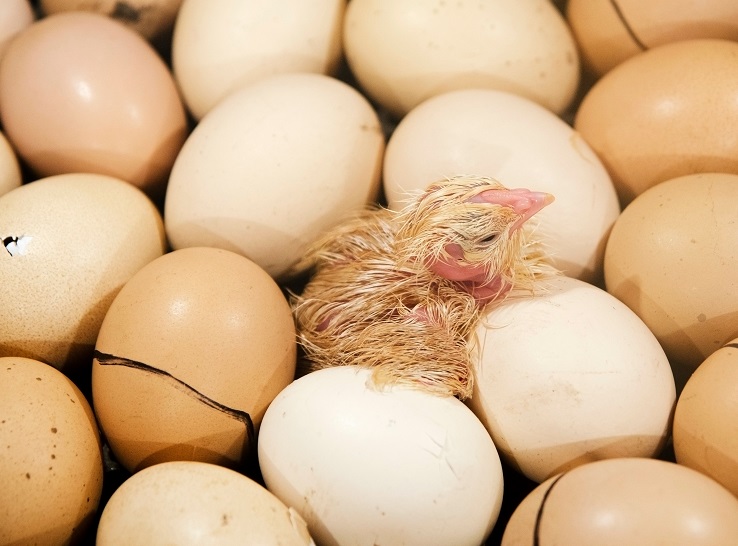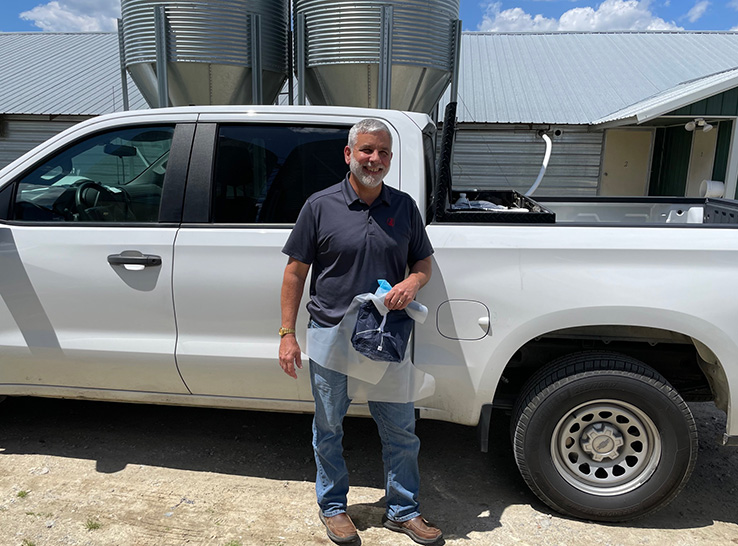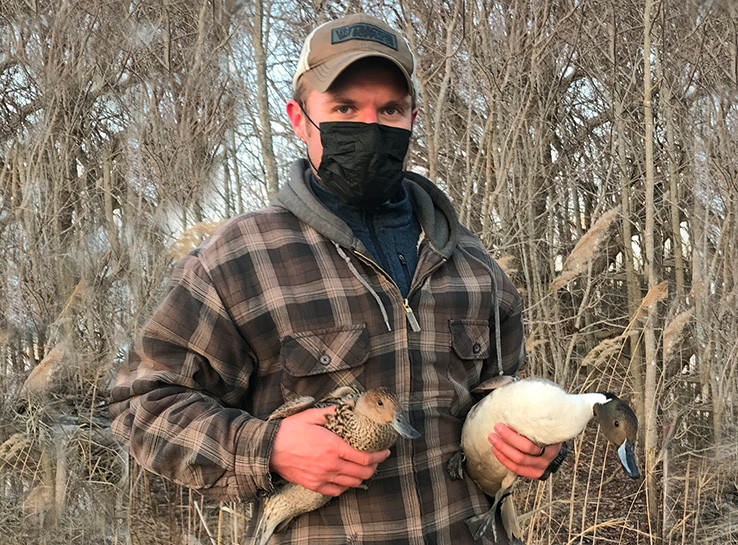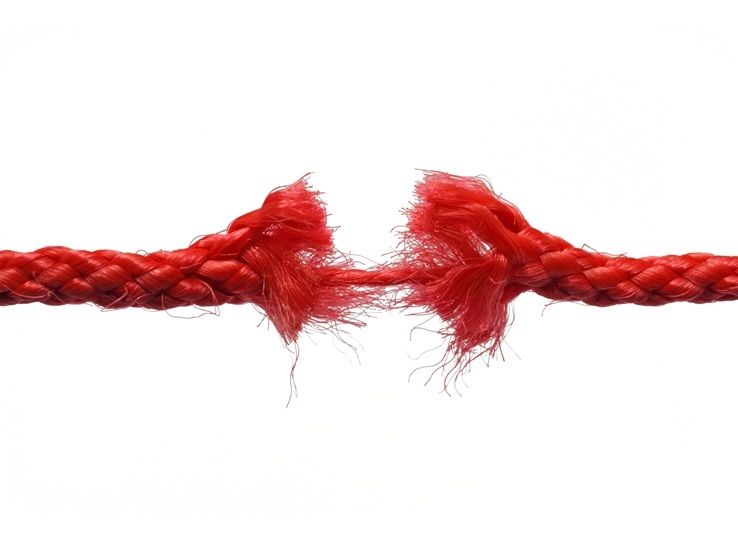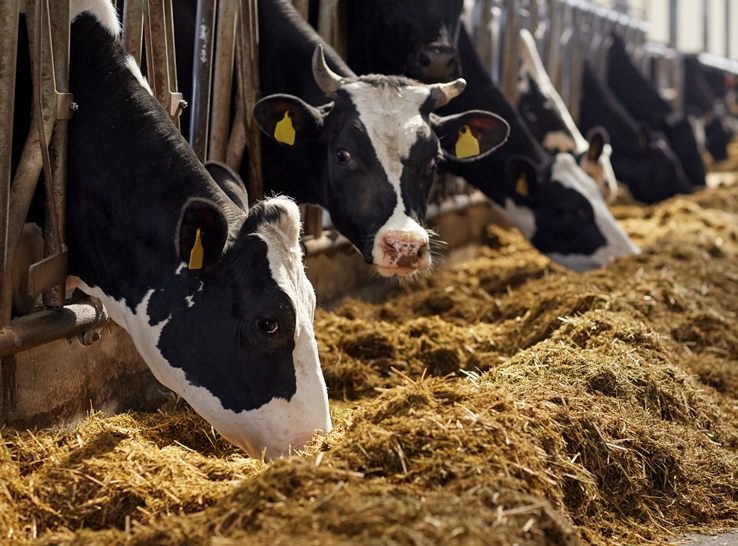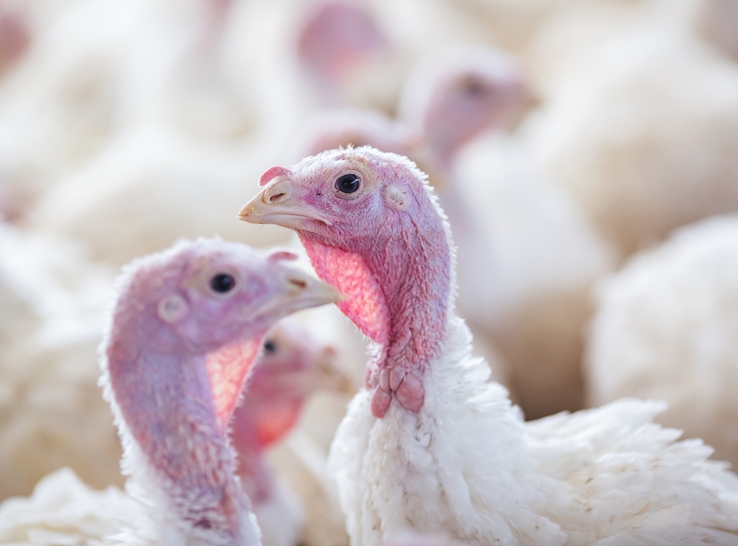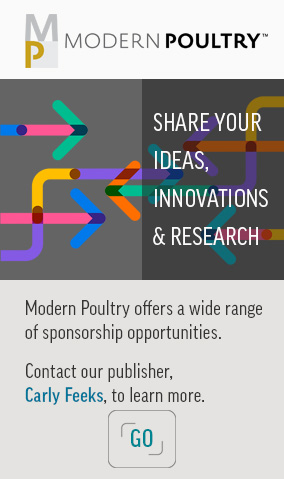By Philip A. Stayer, DVM, MS, ACPV
Independent Consultant
Laurel, MS
We appear to be living in a new era of Highly Pathogenic Avian Influenza (HPAI), judging by experience in the European Union. In 2021 and 2022, the HPAI epidemic in the EU was the largest observed so far regarding the number of poultry outbreaks, geographical spread and the number of dead wild birds. The range of wild bird species affected has also increased,1 intensifying the threat to commercial poultry.
The EU experience is a reminder that US poultry producers need to remain vigilant against HPAI. Perhaps the most important step they can take to guard against the disease is to “Watch The Flock!”
All US commercial poultry flocks are tested for HPAI just before marketing. In addition to this active surveillance, part of the US response has been passive surveillance at diagnostic laboratories. Dead birds are submitted to state diagnostic laboratories for definitive diagnoses. I’ve found that when dead chickens are taken to a state lab and “elevated mortality” is the only reason provided for submission, one result is a bill for HPAI diagnostics.
Testing for HPAI, however, is essential since there have been varied clinical presentations of the virus reported in recent years ranging from simple loss of appetite to sudden widespread mortality. In this era of uncertainty, it could be considered malpractice if diagnostic laboratories fail to test all avian submissions for HPAI.
Differential diagnosis
The importance of HPAI testing was demonstrated by an experience in 2022. Middle-aged broiler breeders were initially diagnosed with potential feed toxicity. The birds in one house of a four-house hen farm unit developed elevated mortality, prolonged feed clean-up, depressed activity, posterior paresis and decreased egg production the day after a new load of feed was delivered to the farm — all clinical signs typical of ionophore toxicity in laying hens.
The very astute attending veterinarian ordered the feed to be changed the day clinical signs appeared, but also took samples for HPAI testing. Later that same day, HPAI was confirmed. Within 72 hours of initial diagnosis, all four houses were depopulated and HPAI was contained to that site.
I later worked in that same region, with hen farms fed from the same feed mill suspected in the HPAI case. On three separate farms, there were cases with similar clinical presentations. Like my colleague, I initially suspected feed toxicity which coincided with feed delivery, but was justifiably concerned HPAI may have recurred. All avian influenza tests were negative and clinical signs resolved with new feed. As it turned out, the problem was, in fact, an unidentified feed-related toxicity and not HPAI.
Despite 30 years as a poultry veterinarian, I could not differentiate HPAI and feed toxicity simply based on clinical signs.
We should “watch the flock” by testing for HPAI every time there is unexplained mortality in commercial flocks!
Biosecurity gone awry
“Watching the flock” really starts with disease prevention, but implementation of biosecurity on farms tends to be the weak link. Most commercial US poultry producers follow National Poultry Improvement Plan biosecurity principles, which are certainly sound. Nevertheless, problems with execution still occur as demonstrated by my own experience.
The farm was located within a state-mandated HPAI quarantine zone after a backyard duck farmer with HPAI-infected birds gave eggs away to a local school. The contract grower had to test his flock multiple times before harvest and then delay placing the next flock until the state lifted the area quarantine. I happened to visit the farm during the next permitted placement to check on day-of-age chick quality.
I had a long-term relationship with this grower and had always found that he typically performed well with flocks. Biosecurity protocol was clearly displayed on the wall of the control room. Visitors, myself included, were covered in appropriate personal protective equipment — what many of us now call “poultry protective equipment.” Each house on the grower’s farm had freshly charged dry bleach foot baths.
Boots and spurs?
While we were chatting inside the chicken house, however, I noticed he was wearing cowboy boots with spurs and that neither had bleach residue on their surfaces. He admitted to riding his horse to check on his cows prior to visiting his chickens and acknowledged this was pretty much what does every day. He also mentioned that he had spooked Canada geese off the pond in the cow pasture.
It is common policy on poultry farms to have farm-specific footwear for every worker and that footwear is never supposed to leave the farm. In some areas, footwear is never supposed to leave the house. Foot baths are merely secondary insurance. This particular farmer did not have any dedicated footwear with him during my visit.
We discussed HPAI being in over 120 different species of birds, most especially waterfowl and how waterfowl can spread HPAI to commercial poultry flocks. Although waterfowl on his property were not tested for HPAI, the ducks nearby were tested and were found positive, resulting in delayed placement of his flock.
Poor connection
If this directly affected grower couldn’t make the connection between HPAI in ducks nearby and HPAI in his flock and the threat that wildfowl posed, then how will a farmer less affected by the new HPAI era behave? We’ve got to get growers and their farm workers to think about what it means to “watch the flock”!
I think biosecurity practices can keep HPAI out of commercial flocks even if HPAI persists in wild life. Diagnostic laboratories can guarantee commercial flocks remain clear of HPAI by testing every marketed flock as well as any feathered animal submitted for unexplained mortality.
Every member of the US commercial poultry industry — not only growers and their workers but integrator employees and diagnostic laboratories — must remain on high alert to any potential incursions of HPAI. Our response to the new era of ongoing HPAI is to “Watch The Flock”!
1 Avian Influenza. European Food Safety Authority. https://www.efsa.europa.eu/en/topics/topic/avian-influenza. Accessed April 19, 2023.
Editor’s note: The opinions and/or recommendations presented in this article belong to the author and are not necessarily shared by Modern Poultry.

